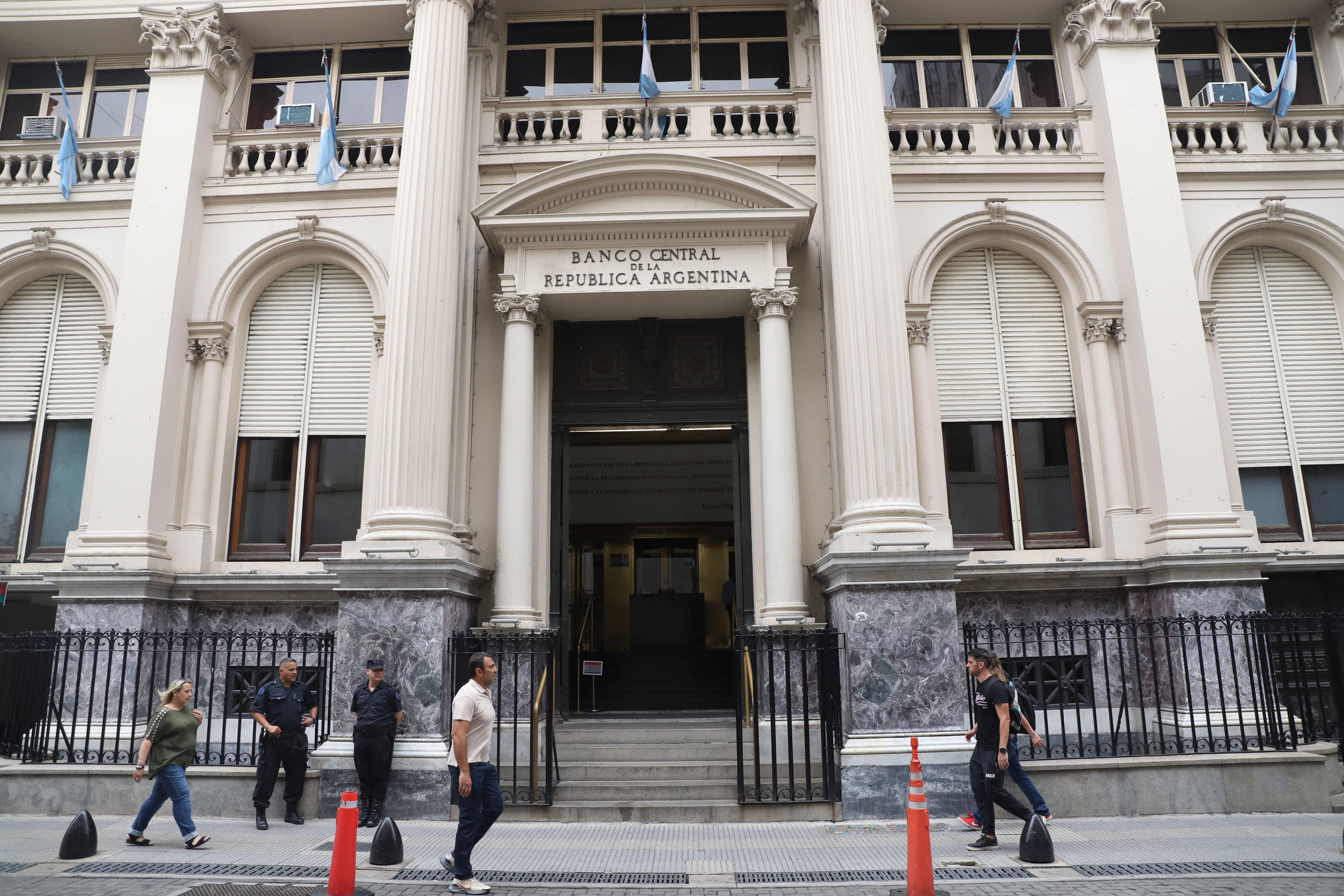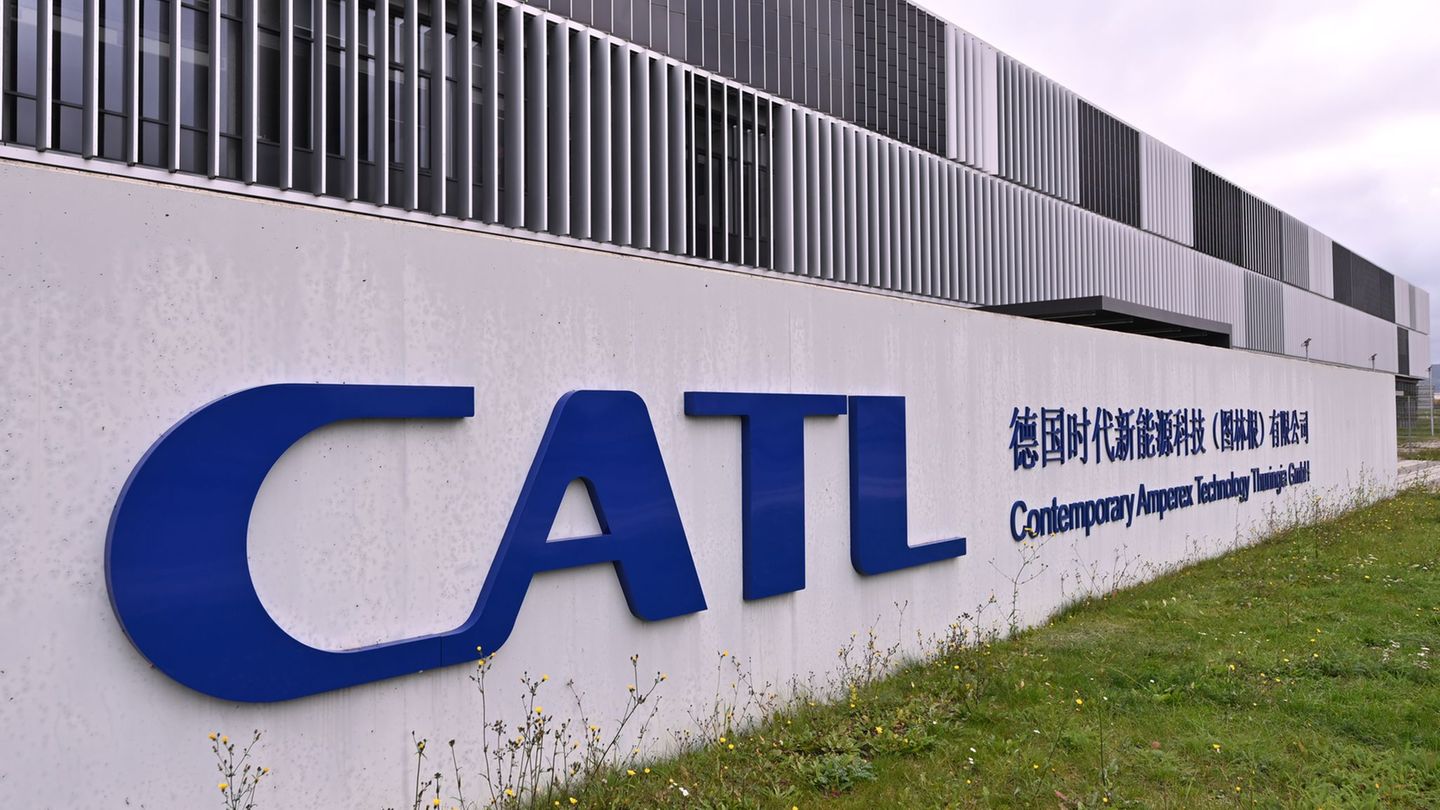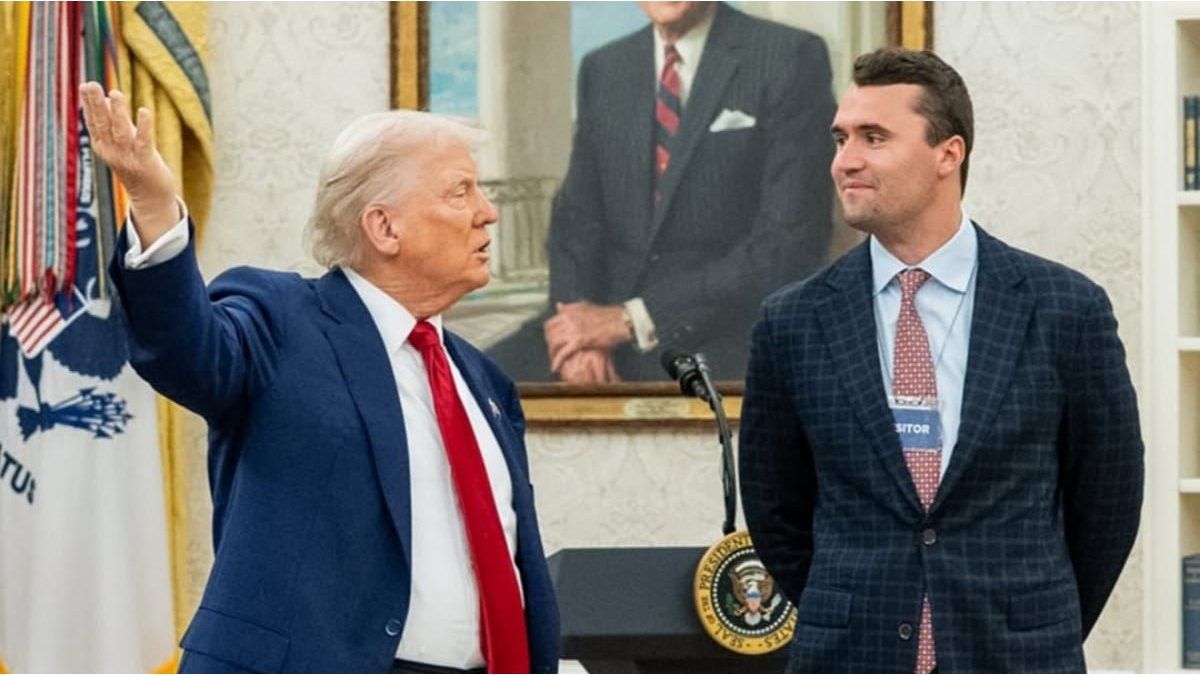The Government is advancing in the process of adjusting the BCRA’s balance and proceeded to repurchase CER bonds from the Central Bank (BCRA), as announced after this week’s debt tender, which was the first of the year.
He Ministry of Economy resolved to buy from the Central Bank (BCRA) the “National Treasury Bond in Pesos adjusted by CER expiring December 13, 2024” (T5X4) for original face value of around $273 billion (specifically $273,437,500,000) at a price of $320 for each original face value of $100. The operation was settled this Thursday, January 18, 2024.
The content you want to access is exclusive to subscribers.
In line with what had been announced after this week’s debt tender, the Government provided, in the Joint Resolution 6/2024 of the Secretariats of Treasury and Finance, which was published this Friday in the Official Gazette and that the operation was authorized by the Economy. Likewise, it established that the titles received will be removed from the public debt records.


The Government’s strategy with the repurchase of debt from the BCRA
This occurs after the Ministry of Economy captured almost $4 billion of the market in the first debt tender in pesos of the year. Part of the funds are allocated to this repurchase of securities from the Central that took place this Thursday and around $3 billion, to be covered by expirations that occur this week.
“What you are doing is is passing the BCRA debt to the Ministry of Economy. This means that he wants to neutralize the Central Bank’s deficit and cancel financing to the Treasury in order to suppress inflation. The issue is that every time this operation is carried out, there will be more adjustment of public spending in counterpart,” explains Ámbito. economist Federico Glustein.
According to the economist Pablo Ferrrari, this measure, “the first thing that is noticed is the systematic look at the BCRA’s accounting, seeking a cleaner Central for the ‘independence’ of the same that the Monetary Fund (IMF) demands”. And he defines this decision to repurchase CER bonds as “a handrail that Abba Lerner would laugh at in his ‘Functional Finances’, which focused on the public sector consolidated and not in this or that area of the same”.
Debt buyback: a path that the Treasury has already started
“Is an operation that the Treasury has been carrying out, as part of the cleaning of the BCRA’s balance sheet“, says the economist Christian Buteler to this medium. And he points out that what happens is that the Economy, with part of the money it obtains from the tenders, buys bonds that the BCRA bought in the secondary Treasury market.
“The positive part is that the BCRA obtains pesos for this operation that it takes out of circulation and it is a contractionary monetary policy, which for me is the best thing it is doing because it withdraws pesos from the system,” he says.
Let us remember that, in December 2023, The Treasury purchased the discount and dual bonds “DICP” and “TDF24” from the BCRA for a value of $2,930 million. It did this with the money raised in the December tenders in a context in which the BCRA did not have sufficient reserves in US dollars to pay the maturities of these bonds in February 2024. This is a debt that the Treasury had with the BCRA and the objective of the measure was to advance the process of cleaning up the monetary regulator’s balance sheet.
Source: Ambito
I am a 24-year-old writer and journalist who has been working in the news industry for the past two years. I write primarily about market news, so if you’re looking for insights into what’s going on in the stock market or economic indicators, you’ve come to the right place. I also dabble in writing articles on lifestyle trends and pop culture news.




